How did the hat-earflaps appear and why is it not a native Russian headdress
Categories: Fashion
By Pictolic https://pictolic.com/article/how-did-the-hat-earflaps-appear-and-why-is-it-not-a-native-russian-headdress.htmlThe hat-earflaps is considered a traditional Russian headdress. The image of a stereotypical Russian in an earflap, with a balalaika and vodka is well known to the whole world. Only now these caps did not appear at all in Russia and they wear it not only here. Where did it come from and what modifications of it are popular in different parts of the world?

There are many versions of the appearance of the Russian hat-earflaps. But the most plausible one is connected with her Mongolian origin. The Mongols have a sheepskin hat with ears, which is called a malakhai. It was made of several layers of leather and fur with the expectation that it would perform the function of a helmet. A well-sewn malachai could withstand a saber strike and stop an arrow!
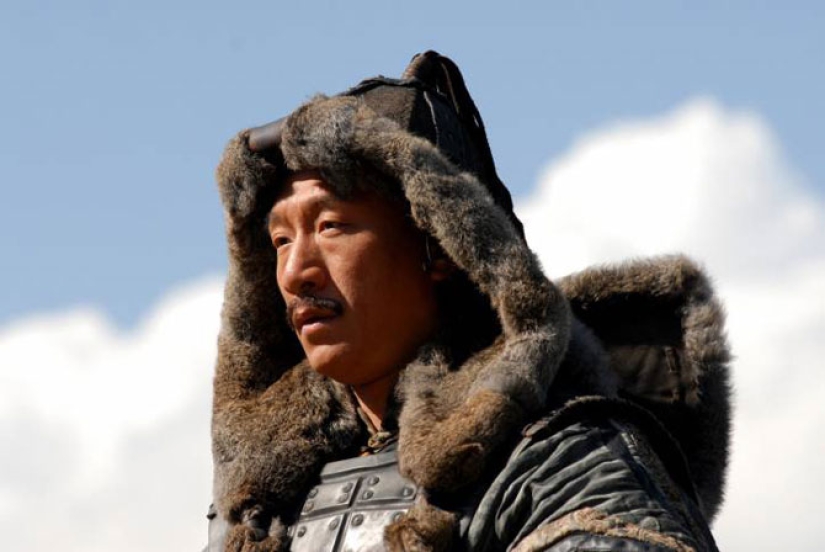
Malakhai covered not only the head, but also the neck of the Mongol warrior. In order to make it easier to use the cap, it was cut in two places. It turned out three lapels — two above the ears and one on the back of the head. They could be connected with ties on the top of the head. During the Mongol-Tatar invasion, Malakhai came to Russia and thoroughly took root.
There is another realistic version of the origin of this hat — Pomorskaya. Fishermen and trappers have been wearing tsibaks for a long time. These are fur hats with very long ears, sometimes up to the waist. During bad weather, these ears were used as a scarf, wrapping them around the neck and face. So the ushanka could have come to us both from the North and from The East. Scientists do not have an unambiguous answer about its origin.
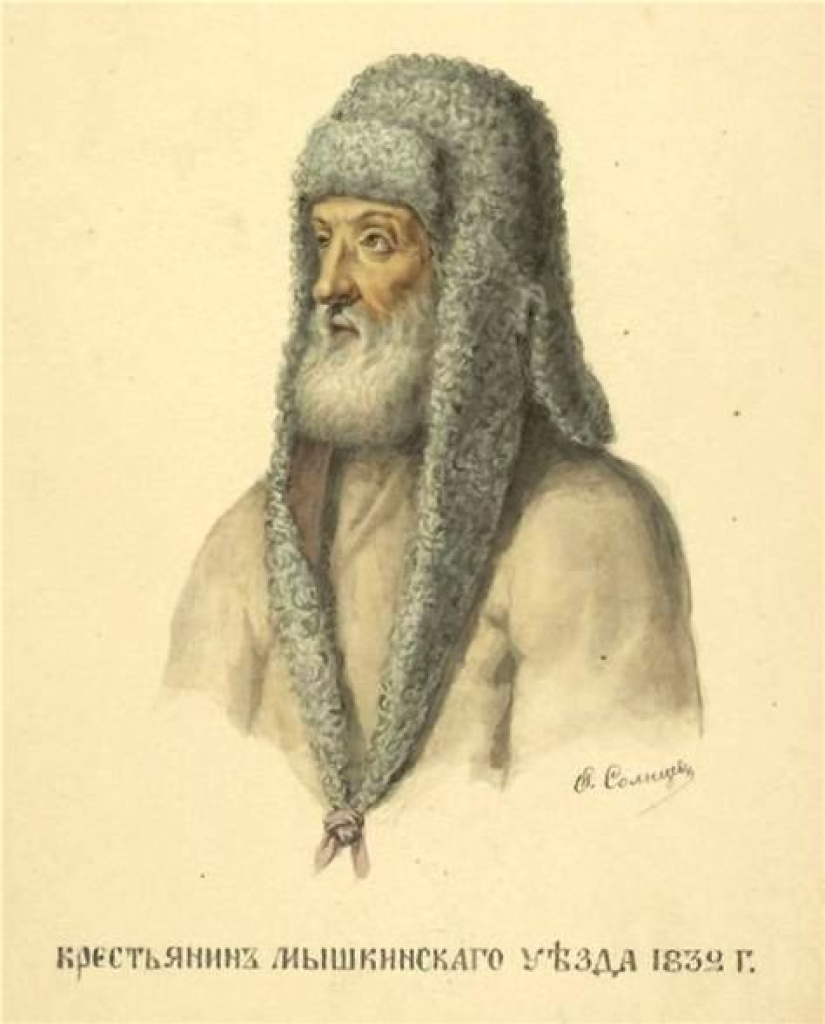
For a long time, hats with earflaps were worn only by peasants. They were popularly called treukhs and magerks. In the 16th and 17th centuries, treuh was considered one of the signs of well-being. It was a unisex winter headdress and was worn by both men and women. However, the ladies used a special version of a hat with a beaded "headpiece". Rich women could afford an earflap decorated with precious stones.
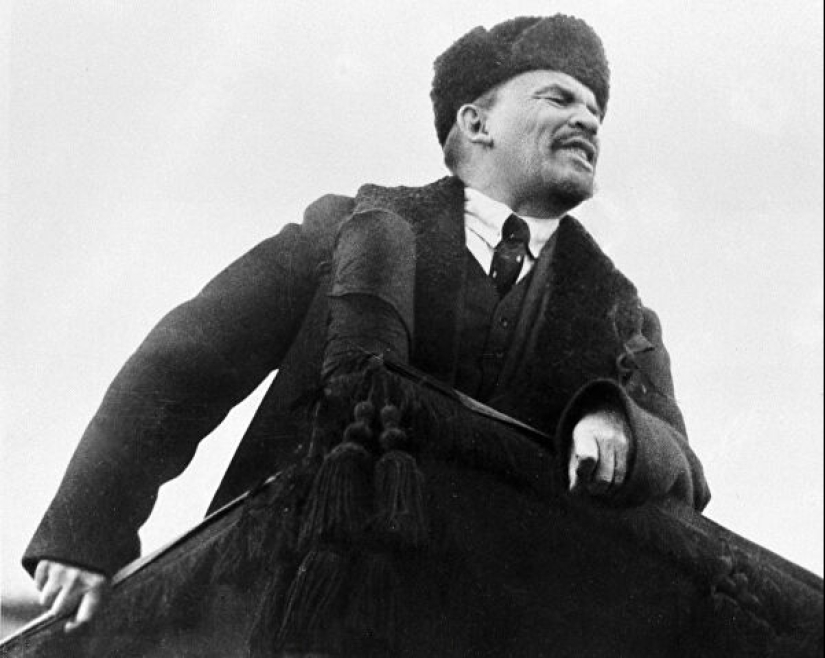
The beginning of the 20th century was accompanied by global upheavals — military and revolutionary. The ushanka, previously considered an unworthy headdress of a commoner, attracted the attention of the military. It was ideally suited for combat operations in harsh winter conditions.
The White Guards began to actively use earflaps. In 1919, a hat and furs with ears became part of their official winter uniform. In honor of Commander-in-Chief Alexander Kolchak, it was named "Kolchakovka". This was an exceptionally successful option for the harsh Siberia, where Kolchakovites fought the Bolsheviks.
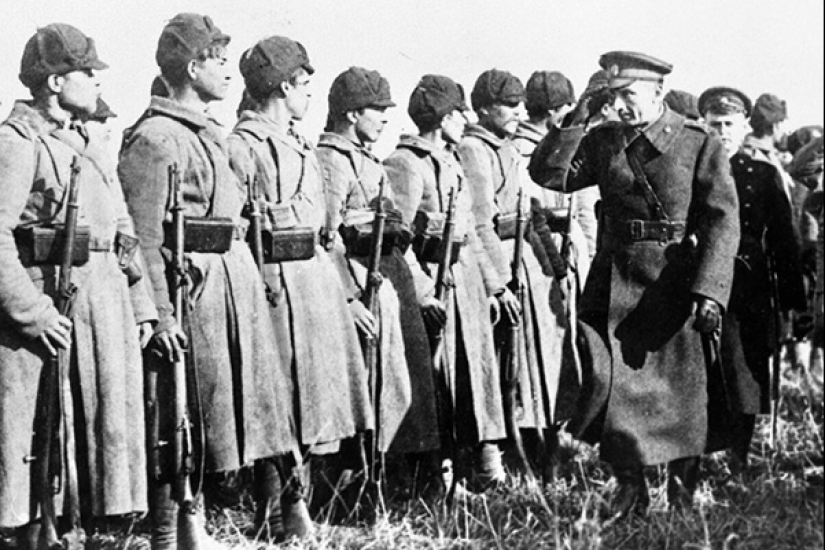
To create the "kolchak", not fur was used, but high-quality cloth. It was purchased in Japan, and the tailoring was done by companies from England. The huge White Guard army was thoroughly provided with these earflaps, which saved soldiers and officers even in forty-degree frosts.
The Scandinavians also highly appreciated the hat with earflaps. Norwegian polar explorers wore so-called "nansenovki". They got their name in honor of Fridtjof Nansen, a scientist and researcher. But their hats did not originate from the Mongolian Malakhai, but from the headdresses of the Eskimos of Greenland.
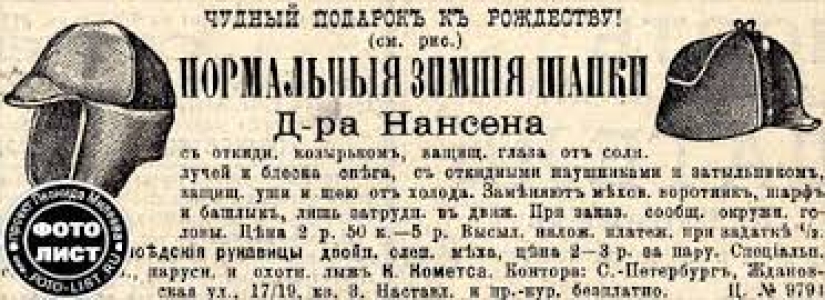
In Soviet Russia, earflaps became a national headdress. They were worn by factory workers and collective farmers, as well as academics. The military did not abandon these warm and comfortable hats either. In 1934, the ushanka became part of the winter uniform of military sailors.
Black hats with ears for Navy privates were sewn from black T-shirt and fabric. Caps made of more expensive merlushka were intended for the higher and middle command staff. In 1939, the fabric top was replaced with leather and the earflaps began to look very stylish. After 1940, they were made part of the uniform of the militia and the army. Unlike the sailors, they used not black, but light sheepskin.
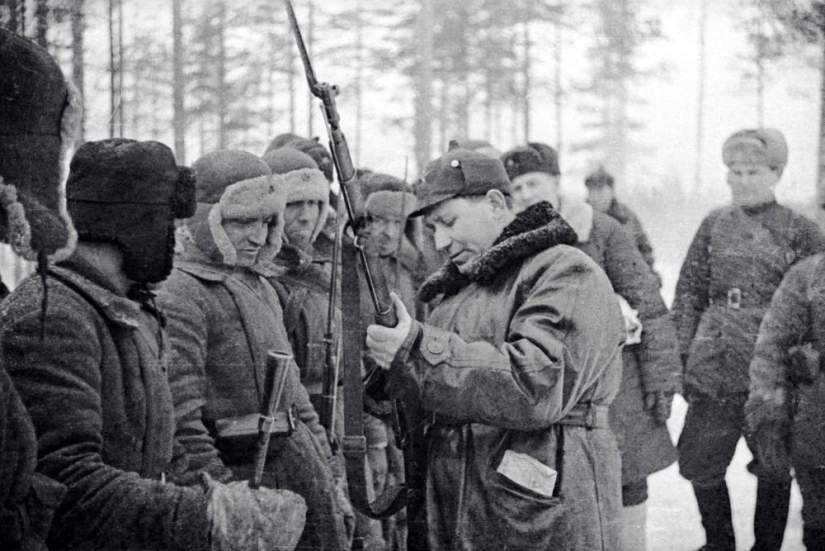
In the Union, the popularity of earflaps was so great that these hats began to be strongly associated with Russia. If a Russian had to be shown in a Hollywood movie, then the actor was put on a treuh. Tourists tried to buy these iconic hats as a souvenir, preferring military models of earflaps.
The peak of demand for earflaps was in the 90s. At that time, a huge number of styles of these hats were produced. Mink models with tightly sewn "ears" were one of the symbols of the owner's prosperity. There was even a special caste of thieves who tore off expensive hats from passers-by on the streets.

In the early 2000s, the fashion for hats with earflaps has passed. They are still worn now, but more as special clothing. As before, such hats are held in high esteem in the North, among hunters, fishermen and geologists. The military did not abandon them either. It is quite possible that the next round of fashion will bring earflaps back to our streets again, because it has happened more than once.
Recent articles

In September 1839, the solemn laying of the new Cathedral of Christ the Saviour took place. The construction lasted almost 44 ...

It is unlikely that someone will be a revelation-a phrase that people and things change with time. An obvious fact, but, lost in ...

If you think that sleep disorders are a problem of a modern person, then you are deeply mistaken. Insomnia has tormented people at ...